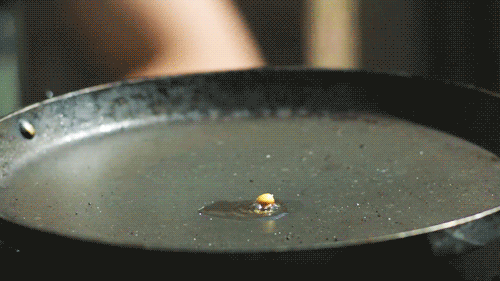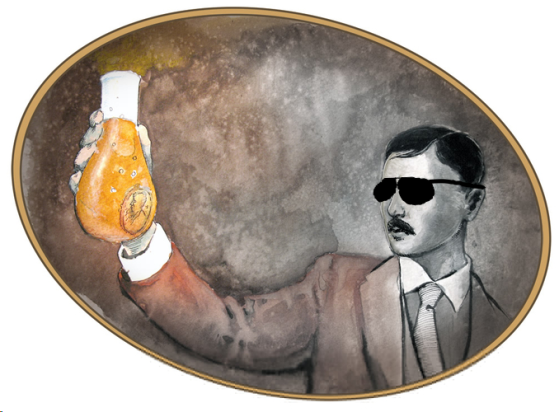Using a laser has it’s ups and downs. On one hand: lasers! Pew Pew! On the other hand, you discover anew how many different and interesting ways a laser can get really f-ed up.
For instance, here is a picture of a titanium doped sapphire crystal which is used in amplification of the laser that I am using. Looks pretty good you say. I would agree.

Normal titanium doped sapphire laser crystal
Now examine this next picture carefully and see if you can spot the difference between it and the first picture:

Same laser crystal, but something is not quite right...
For all those who noticed that the crystal and its housing are now encased in a thick layer of frost and ice, congratulations! You’ve earned a cookie! As you can guess, the laser does not work quite right when the crystal is in such a state. When the laser won’t turn on and I open it up to see this, I bet you can hear “FFFFFFFFFUUUUUUUUUUUU…” from all the way across campus.
WTF is Going On?
“Wait just a sec” you’re saying. “I thought lasers were hot and produced lots of energy. That crystal must be pretty warm when it is running,” and you’d be entirely correct! In order to get rid of the excess heat and keep the crystal at a constant temperature while lasing, the crystal is surrounded by a peltier cooler. Basically a voltage is applied to a special type of material that can efficiently create a temperature difference between different sides of the peltier. In this case the peltier moves heat away from the crystal and dumps it into the water which is cycling through the crystal housing (you can see the water tubes in the pictures above).
Here’s the issue – the peltier is programmed to maintain the crystal at a certain temperature. The red wire coming up from the bottom in the picture is actually a probe for a digital thermometer. That thermometer probe is attached to the crystal housing via an extremely high tech piece of thermal tape. Sometimes the tape gets loose and the thermometer probe is not in contact with the crystal housing anymore. When this happens the peltier thinks “uh oh, the crystal is hot!” and applies a voltage to cool it down. However, because the probe is just measuring room temperature instead of the crystal, the peltier has no way of knowing when to stop cooling. So it just happily keeps applying a voltage, continually cooling the crystal, oblivious to the fact that the crystal is now so cold that it is condensing and freezing water right out of the air!
Luckly the fix is pretty easy – spray the whole thing down with methanol and stick the tape back on! Unfortunately this means I now have a days worth (or more) of re-alignment of the laser to do. Yay science!

 There’s been a rising
There’s been a rising








